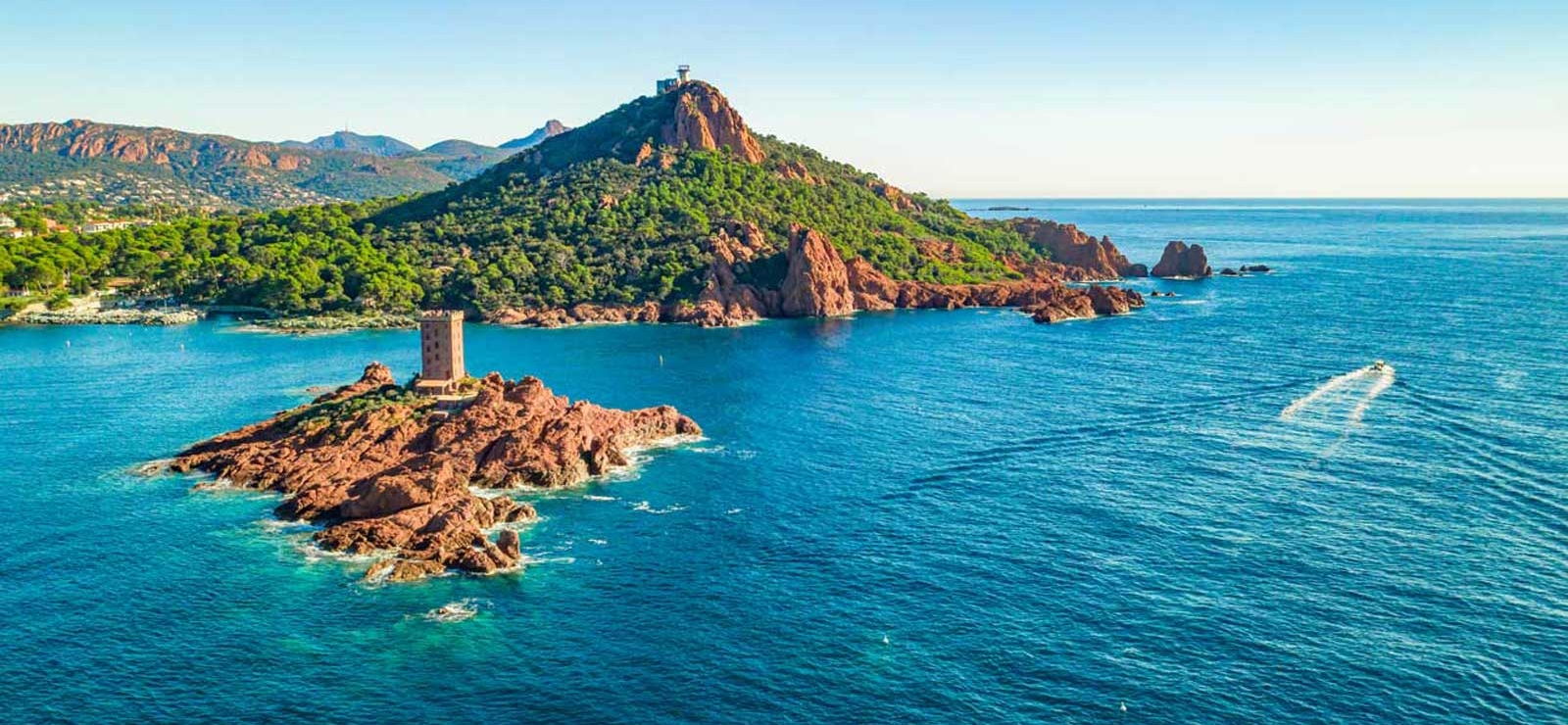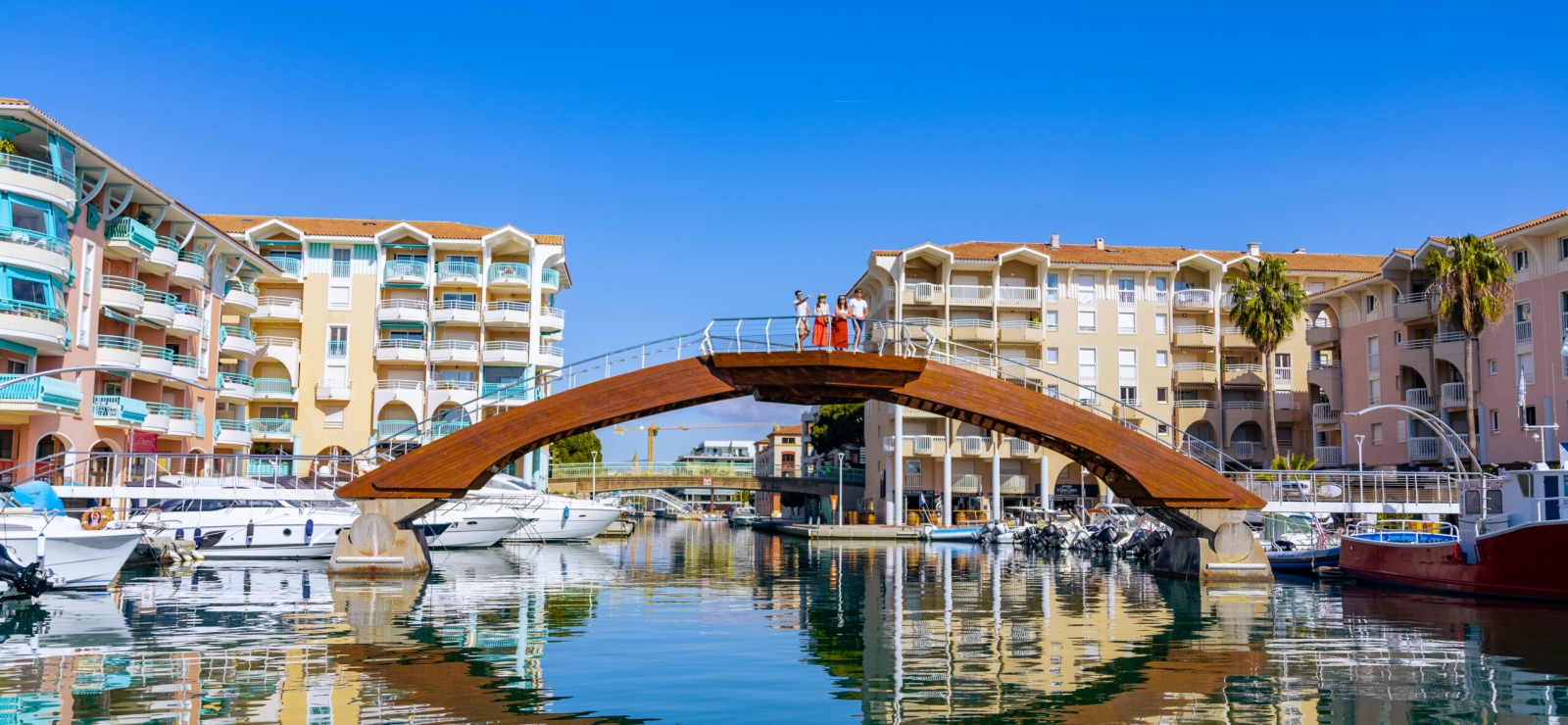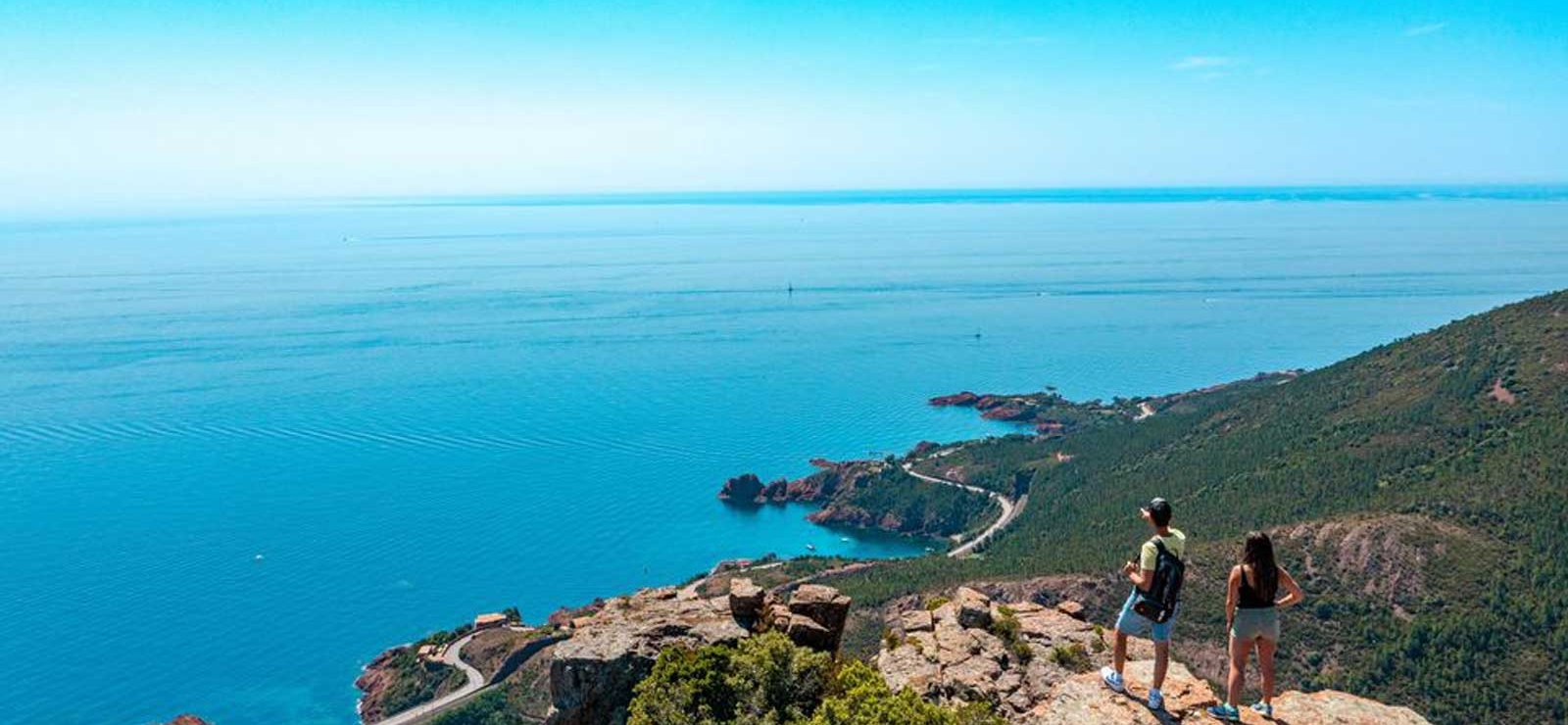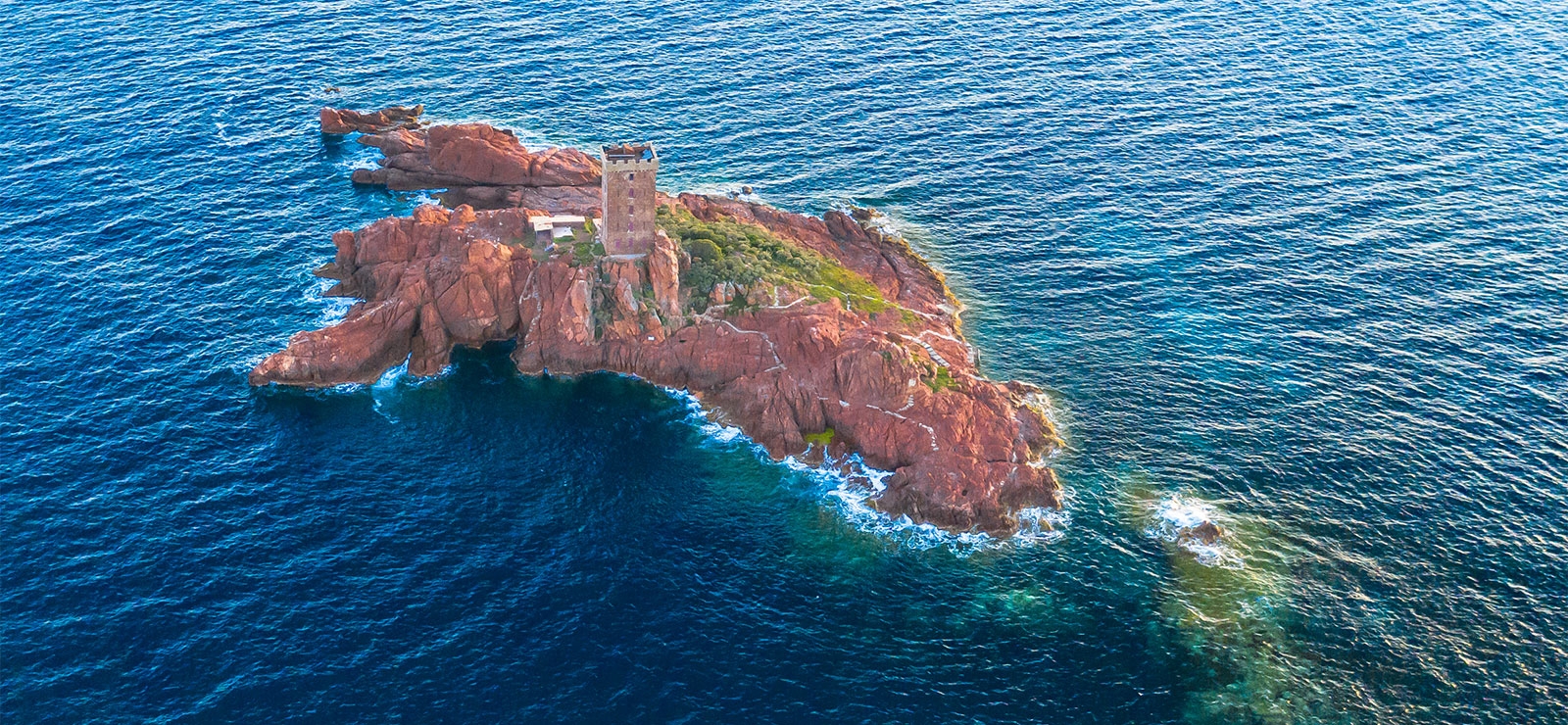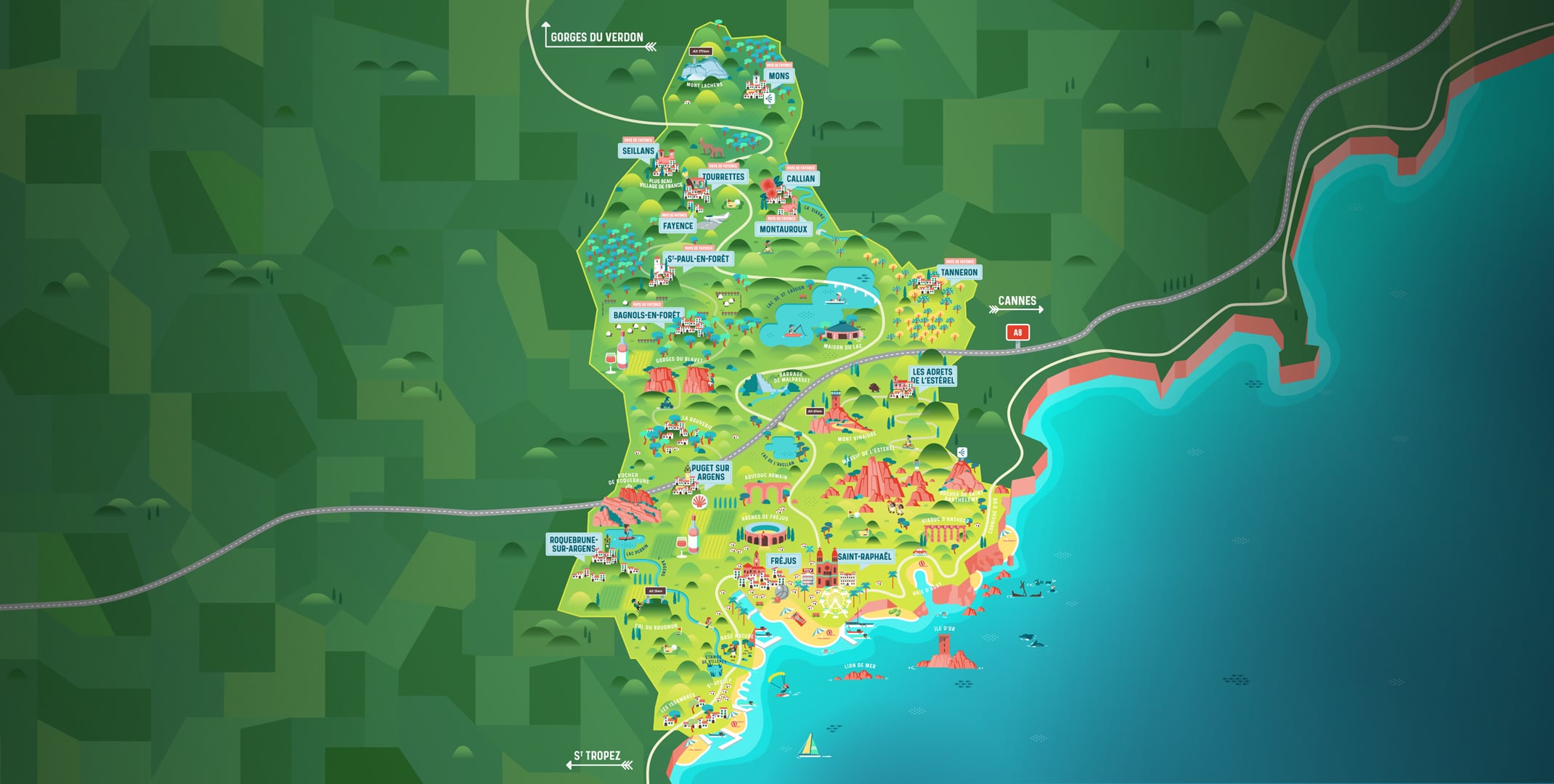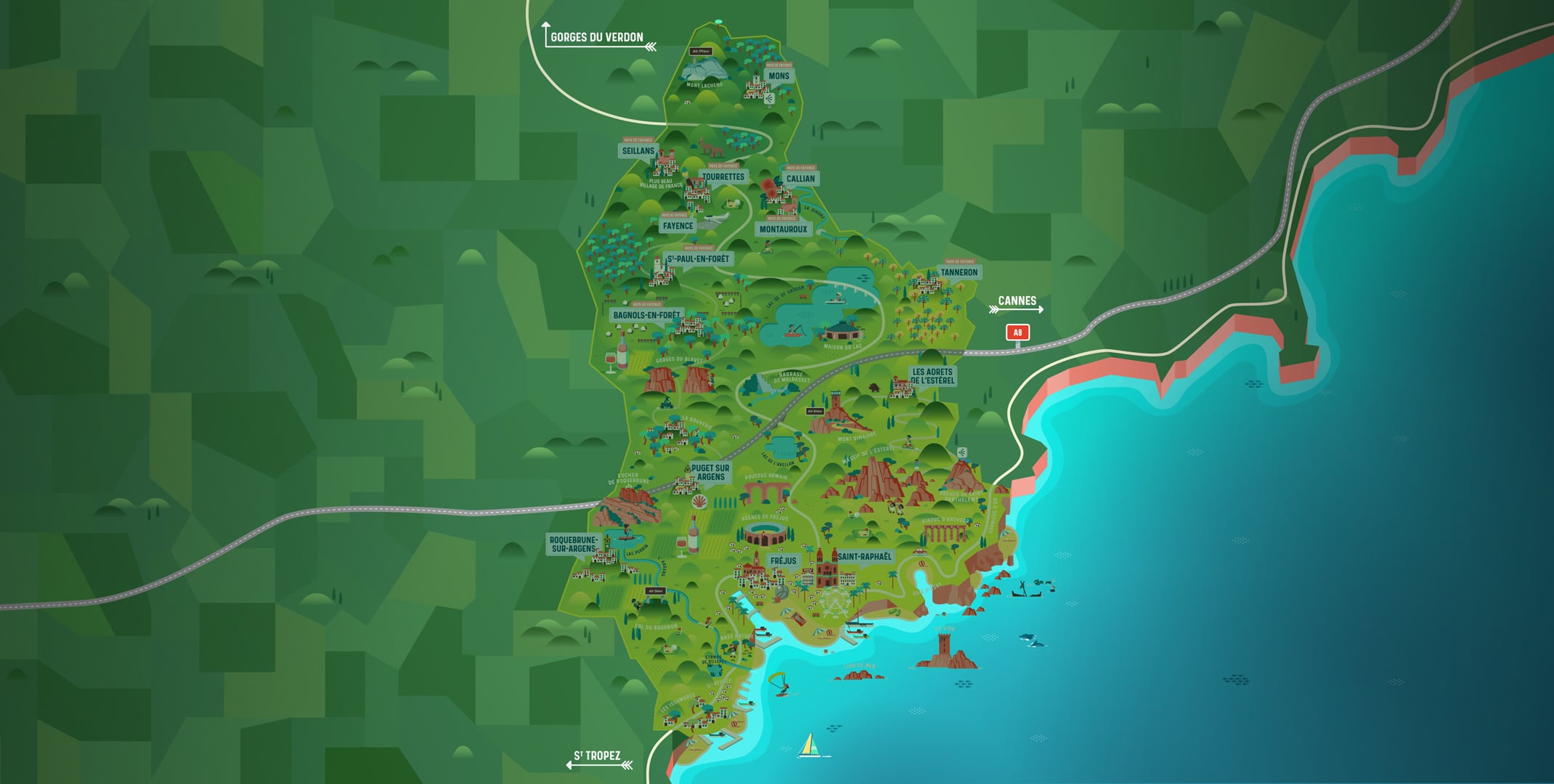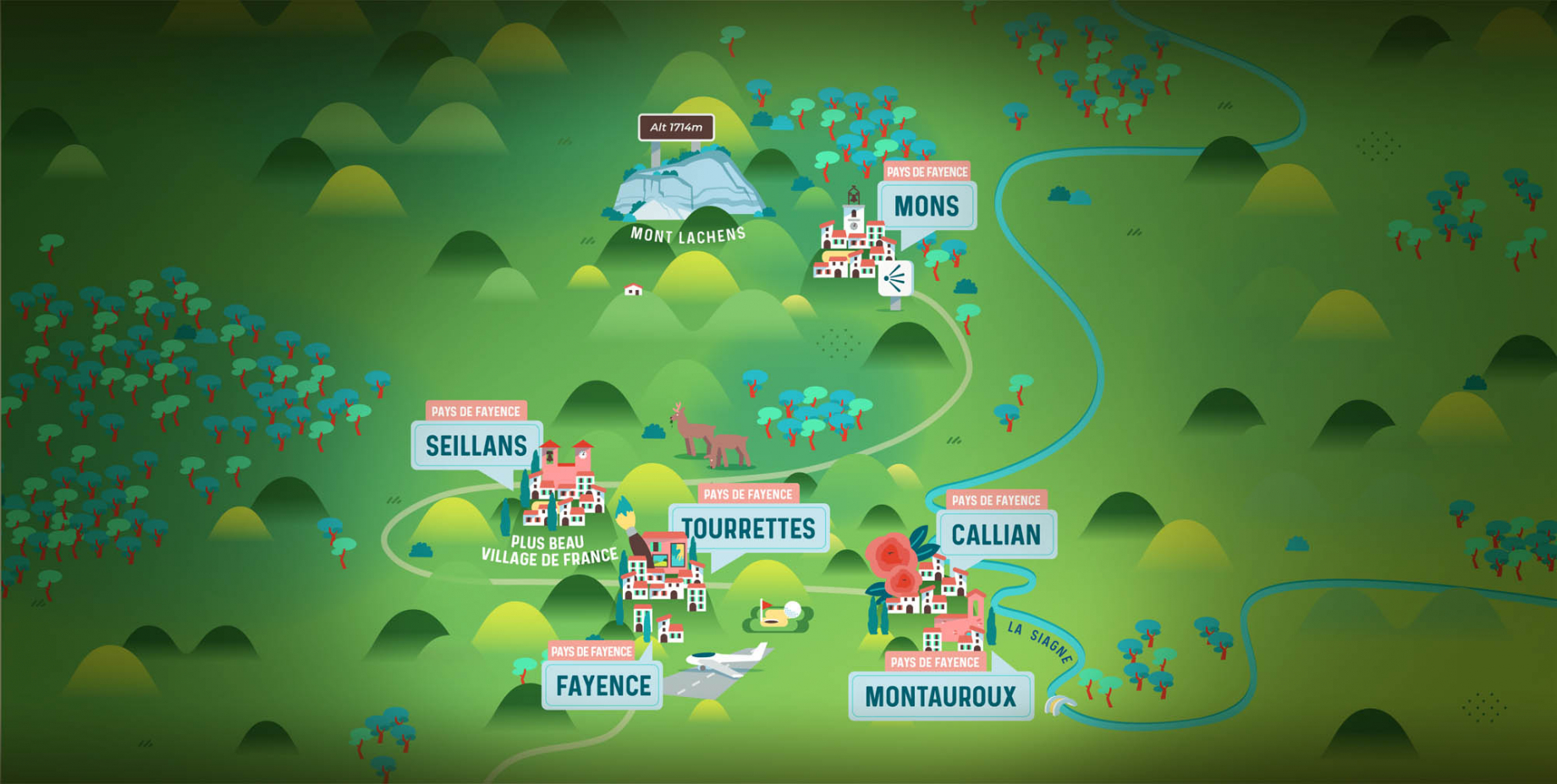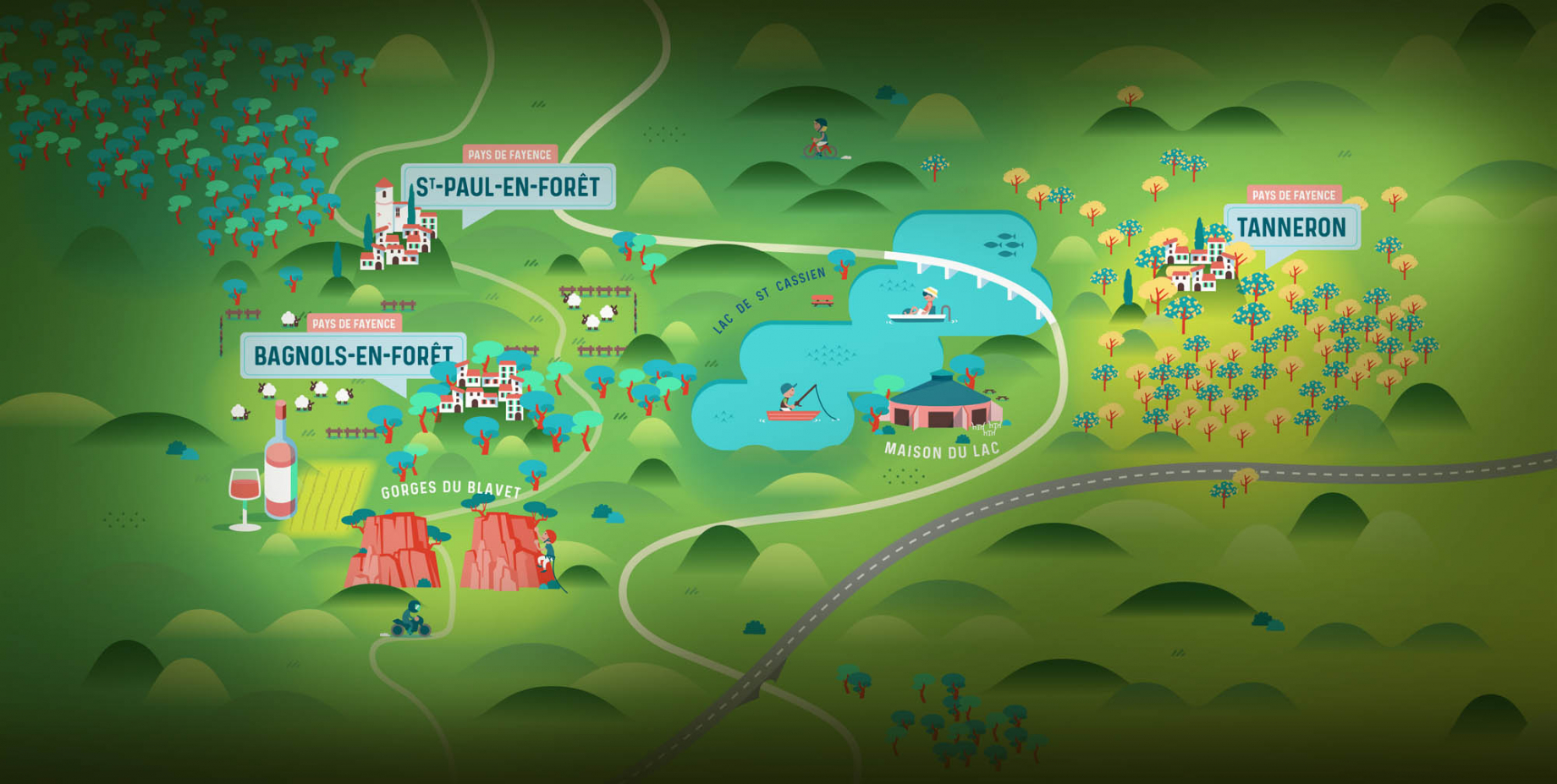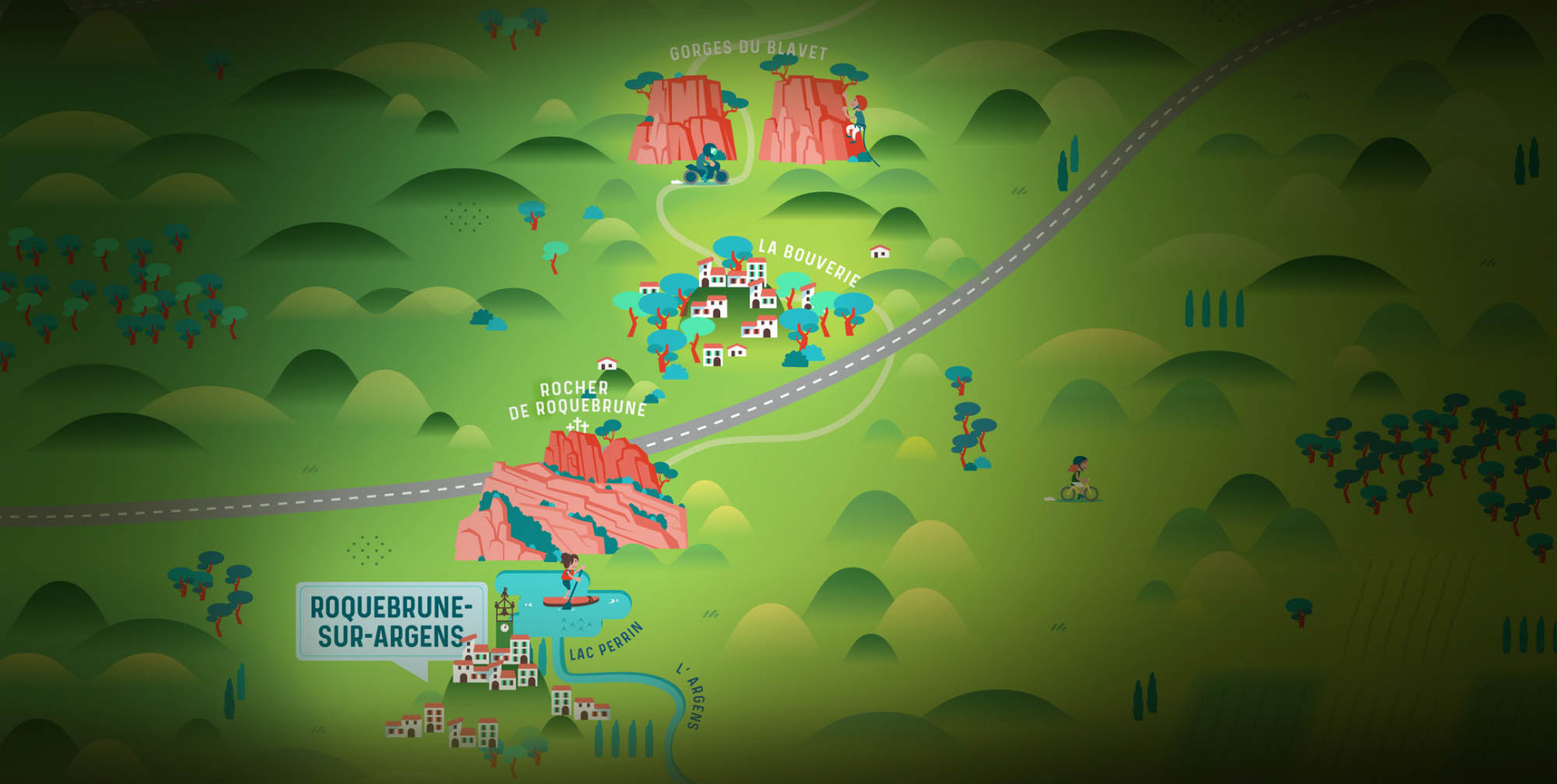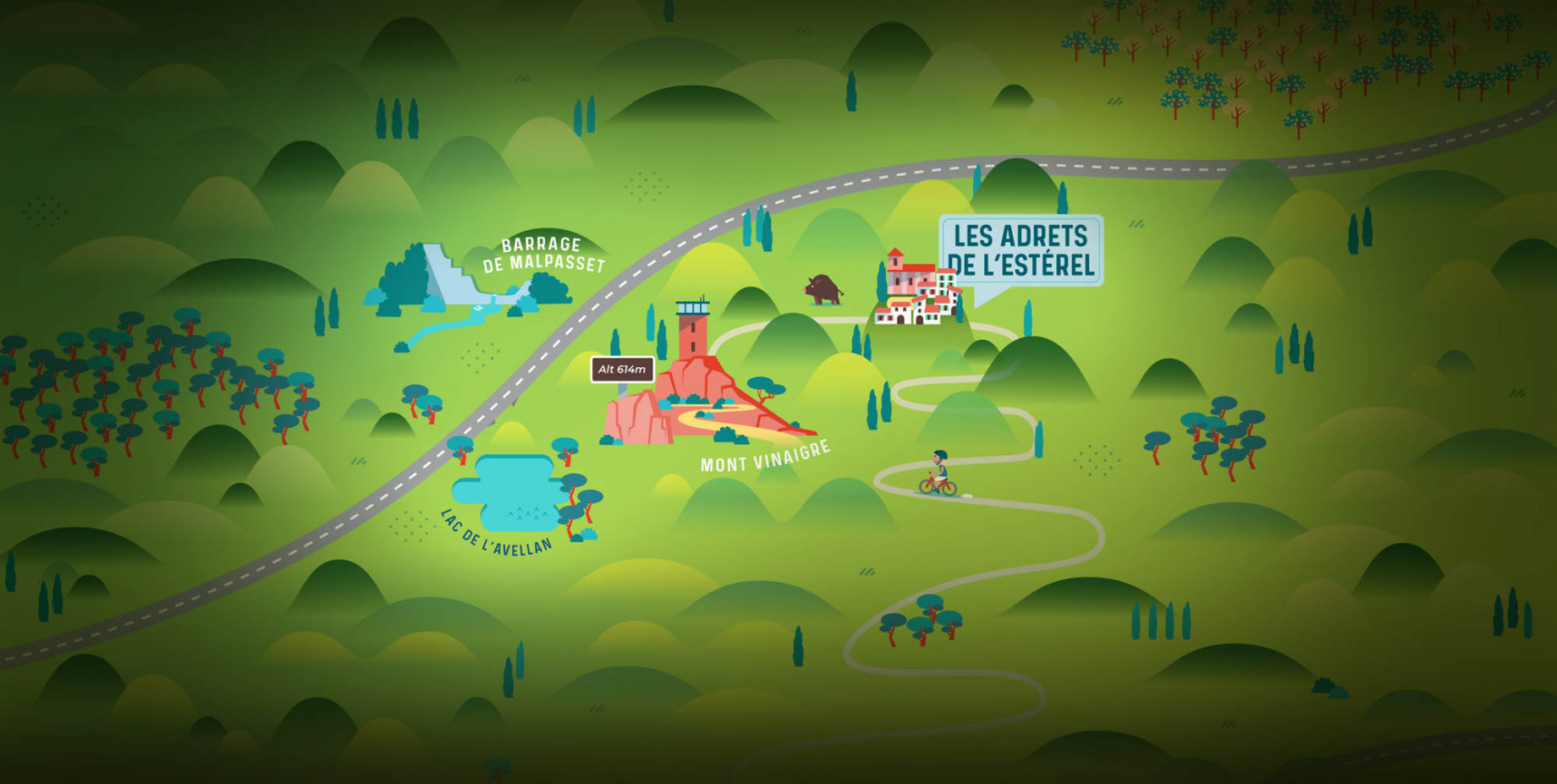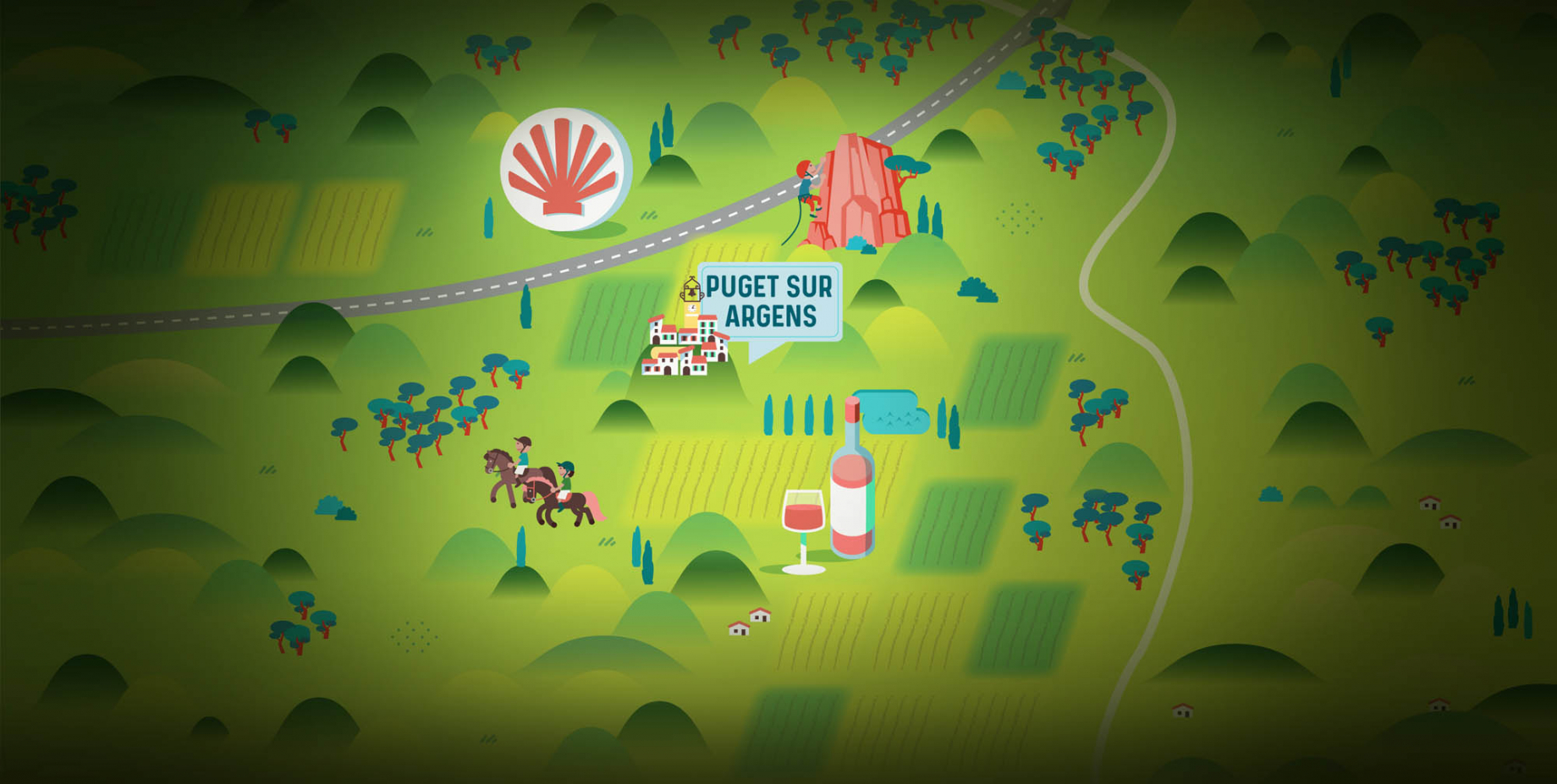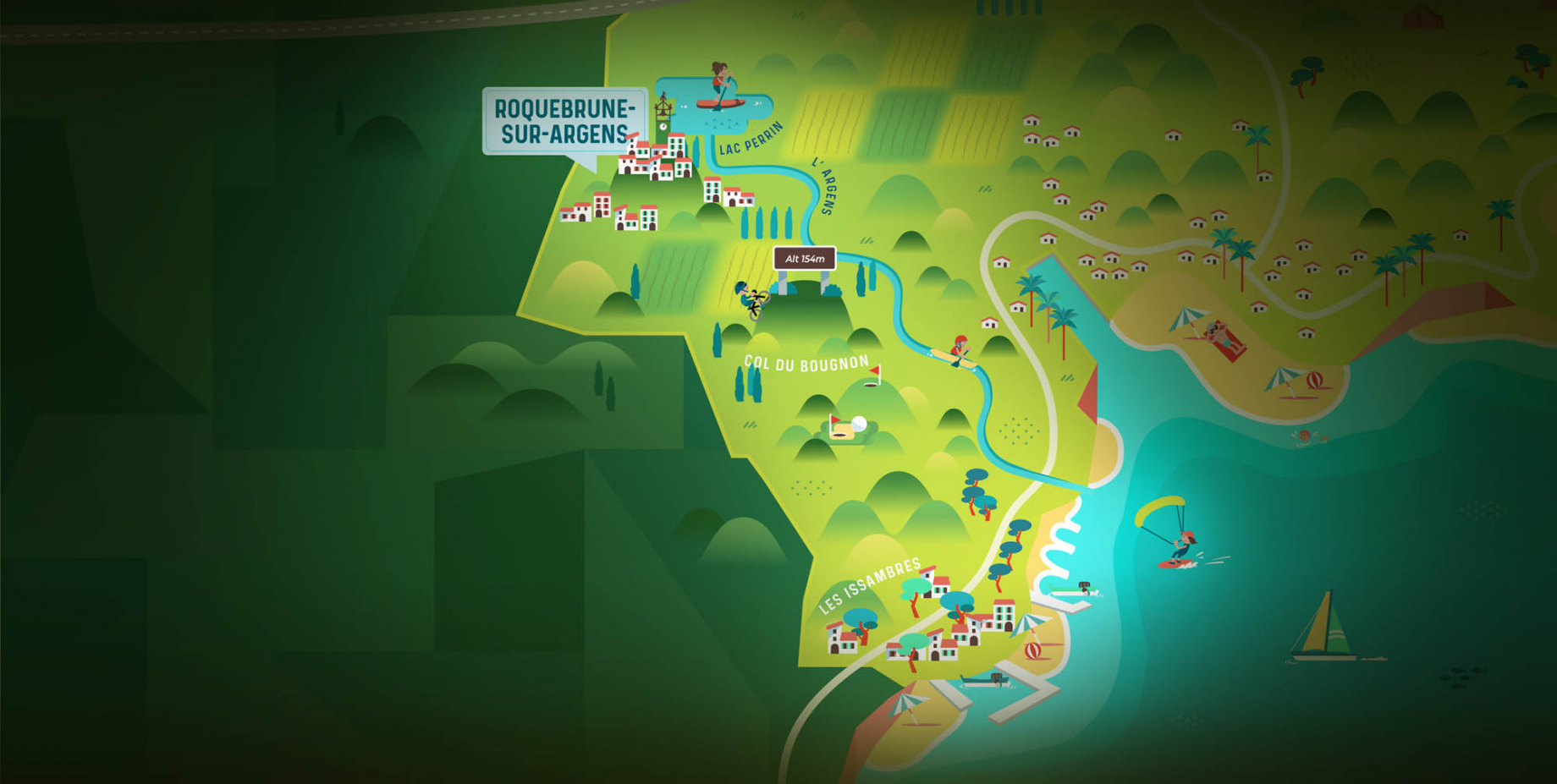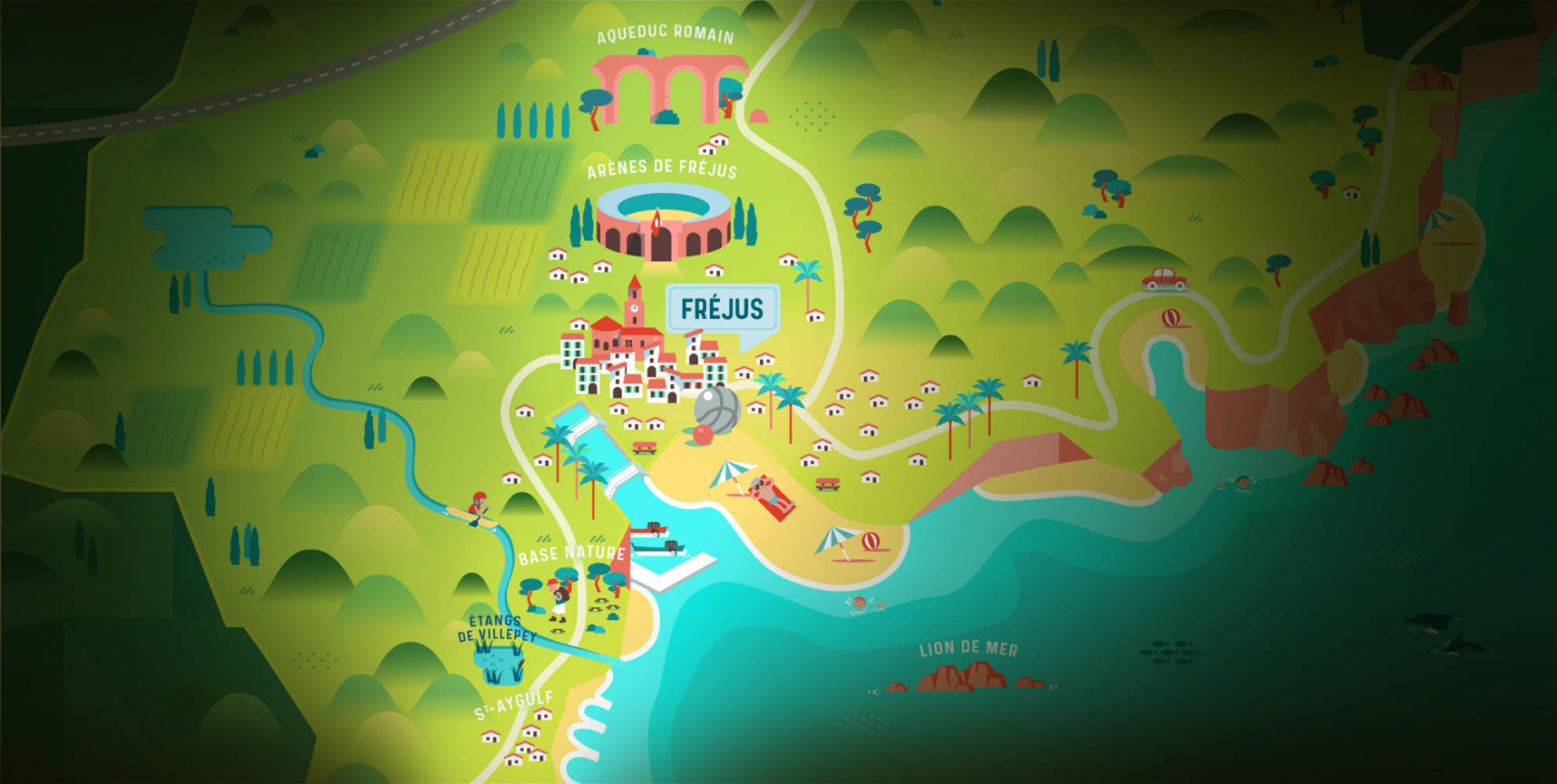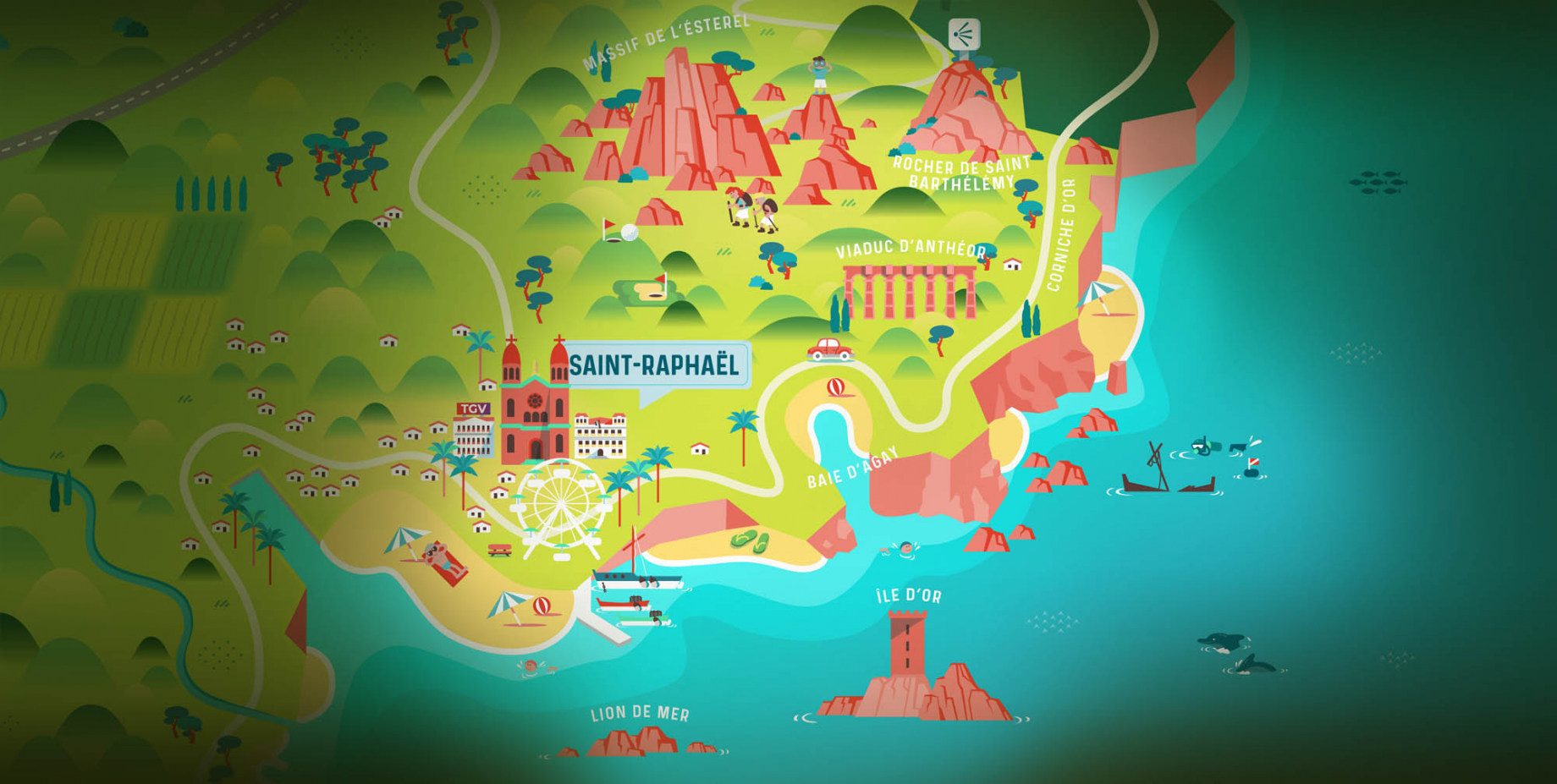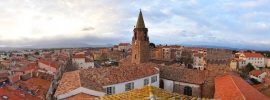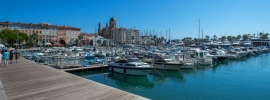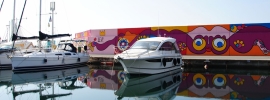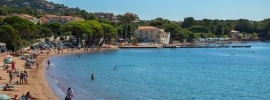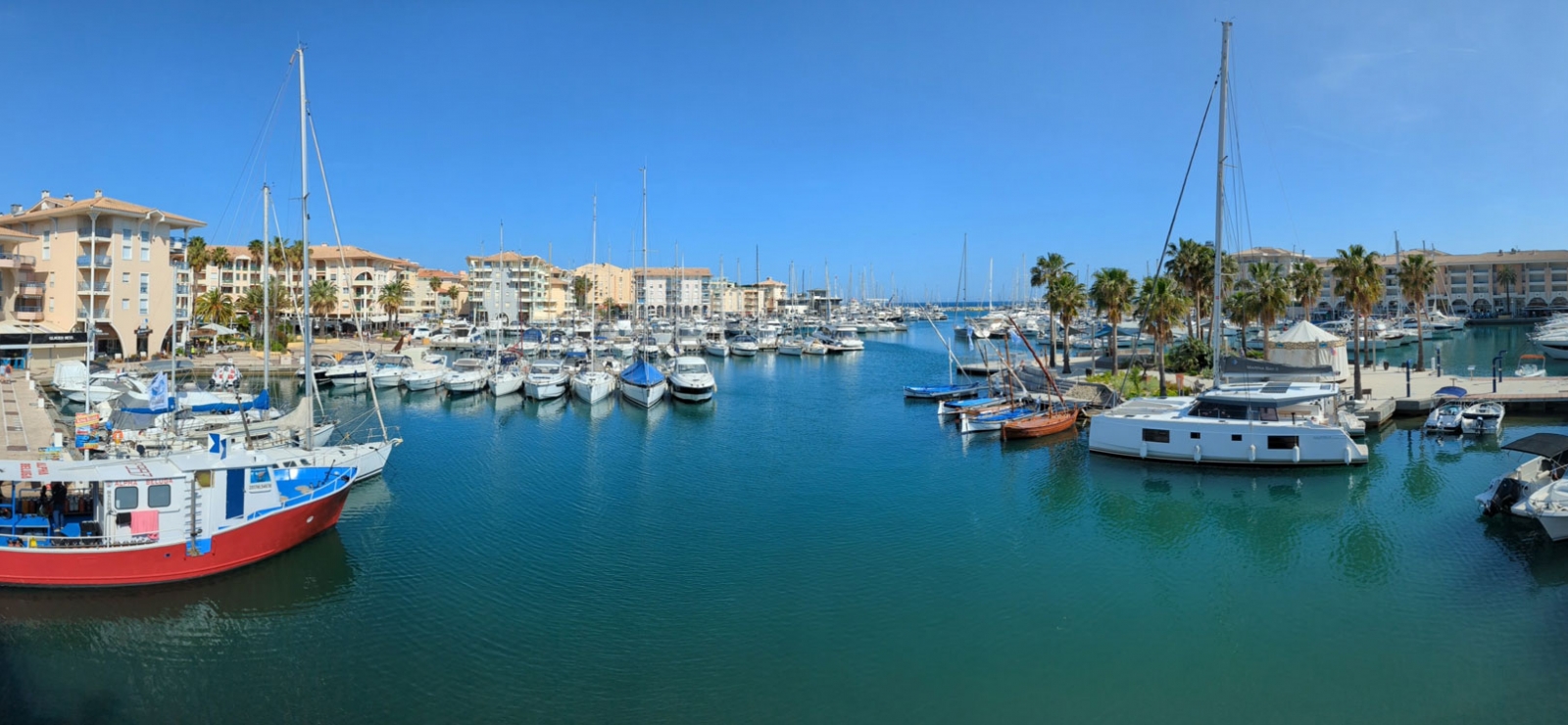

Charming little ports
In Estérel Côte d'Azur, let yourself be enchanted by the timeless beauty of its picturesque harbours. Between the majestic vessels of major marinas like Santa Lucia in Saint-Raphaël or Port-Fréjus, discover hidden gems, colourful huts and traditional boats that embody the authentic soul of our destination!
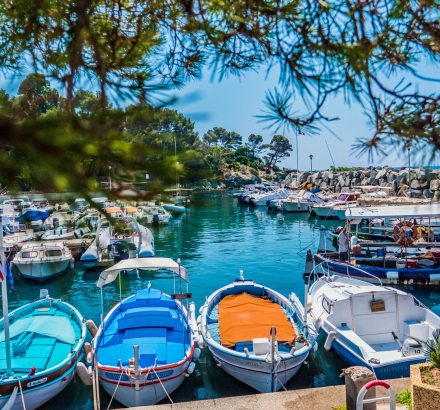
Port of PoussaÏ
As one local fisherman puts it: ‘Here, you're like a grouper at the bottom of its hole, peaceful...’. At the foot of the Dramont semaphore, facing the Golden Island, fishermen and yachtsmen feel right at home at Port du Poussaï. In 1864, the Dramont quarries began to mine the porphyry for paving stones, making the water murky and fish scarce. Fishermen's indignation led to the redefinition of the maritime domain and the construction of a shelter in the Poussaï cove between 1895 and 1909. Completely destroyed during the Second World War, the harbour was rebuilt in 1947 and now boasts almost 90 moorings measuring 5.20 to 6 metres, protected by a breakwater.
Worth knowing: follow the coastal path and in just a few minutes you'll reach D-Day beach, where 20,000 GI's (American soldiers) landed on 15 August 1944.
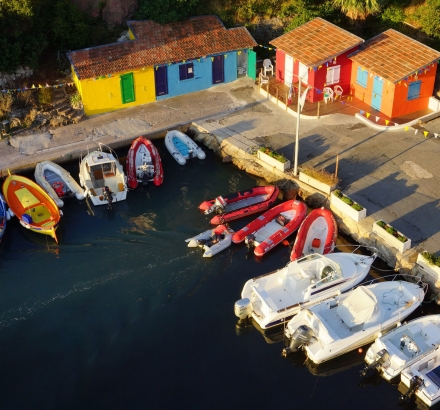
Port of Agay
The picturesque port of Agay, with its colourful fishermen's cabins and traditional dinghies, is reminiscent of a small harbour in the West Indies. In the heart of the bay of Agay, on the west coast, the port of the chapel offers a magnificent view of the red rocks of the Esterel. The Notre-Dame-du-Sacré-Cœur chapel was built in 1947. The south quay, created in the early 20th century, was extended by a jetty in 1954. Today, the port has five wharves.
Worth knowing: the port of Agay is distinguished by its bright orange and white colours. Moored in the port, the glass-bottomed boat Nemo offers a superb underwater cruise.
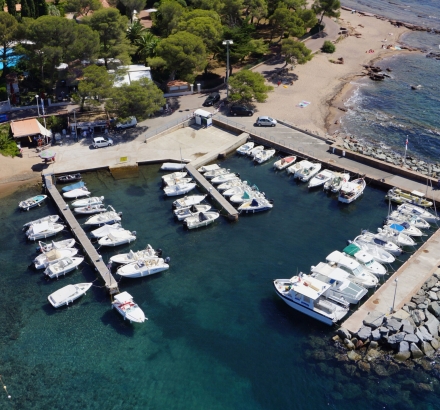
Porto of Boulouris
Along the coastal trail between Saint-Raphaël and Cap Dramont lies the small port of Boulouris, offering a charming refuge from the wind. This harbour is home to around sixty boats of less than ten metres in length. Also known as the Port de Toukan, it dates back to the early 20th century, when a private quay was built in the Boulouris cove. In 1968, a bent jetty and two wharves were added, followed by the construction of a new quay.
Worth knowing: to make the most of the setting, take a seat on the terraces of the Bistrot Loude or the Étoile. You'll find not only a pleasant view, but also delicious food.
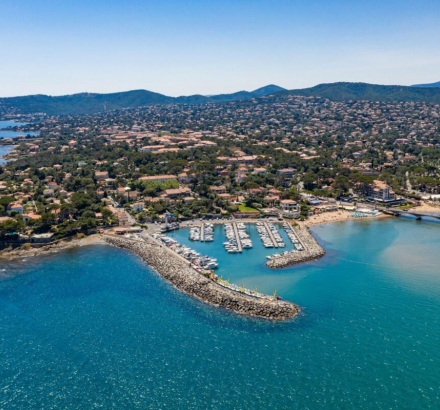
Port of Saint-Aygulf
Comprising a one-hectare basin protected by two rockfill dykes, the port of Saint-Aygulf is located near the Villepey ponds and offers more than 230 berths. Until 1880, the coastal district of Saint-Aygulf was inhabited by a few families of fishermen, coral workers and farmers. In 1931, the opening of the coastal road linking Saint-Aygulf to Fréjus encouraged the development of this area. The first sheltered harbour was built in 1970, with a quay to protect the boat launches. The first breakwater was built in 1961, and the harbour has continued to grow and strengthen ever since.
Worth knowing: for those in search of fun and adrenaline, the port of Saint-Aygulf is also home to a multi-activity water sports base: jet-skiing, wakeboarding, water skiing, towed buoys and parasailing.
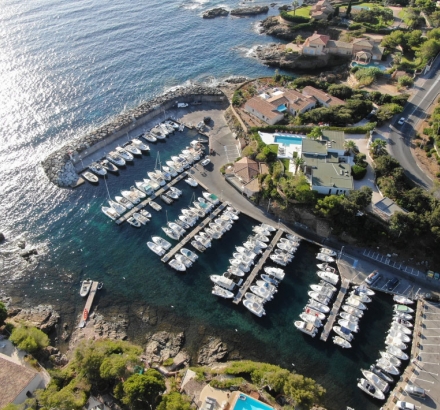
Port of Ferréol
Today, the small port of Les Issambres can accommodate 130 berths. In the 1950s, this pretty cove was little more than a natural shelter for a few fishing boats. Port Ferréol was first developed in the 1960s, with the construction of a breakwater, wharves and substantial quays. Committed to protecting the environment, Port Ferréol is in the process of obtaining its ‘Clean Port’ certification. The harbour master organises a rubbish collection every year. Two festive events bring yachtsmen together: a big fish soup in July and the harbour festival in August.
Worth knowing: in a natural cove near the harbour, a Gallo-Roman fishpond for fresh fish has been dug out of the rock. It was part of a villa a kilometre away. The Romans were very fond of seafood, particularly moray eels and crabs.

